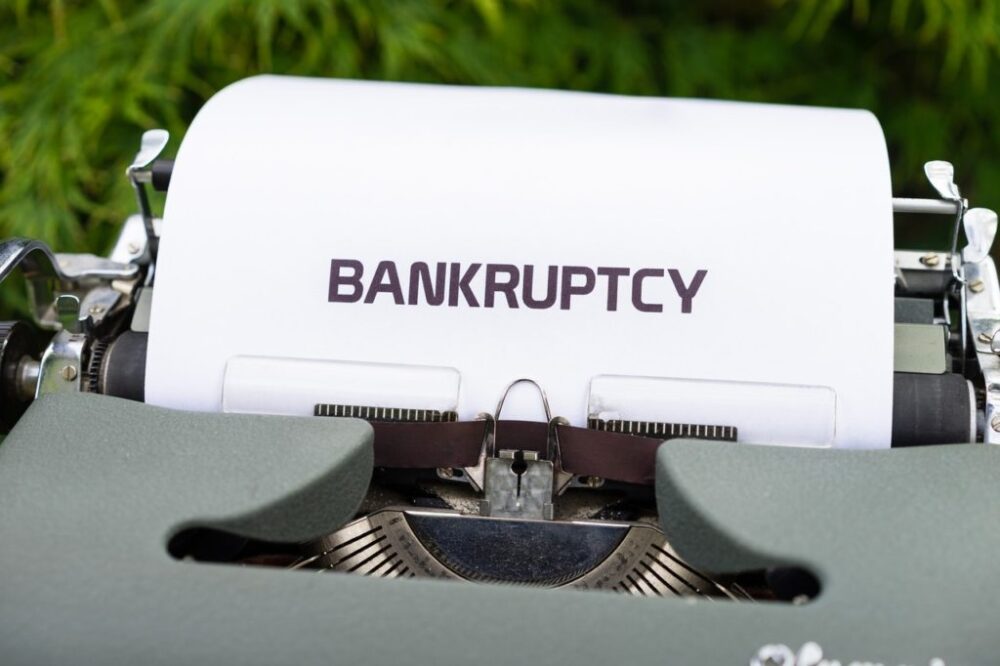Prior to going into a Chapter 13 bankruptcy, debtors may not realize that their creditors are different from each other. However, they are, and within a Chapter 13 bankruptcy they will be broken down by type in order to form a viable plan and calculate payments.
There are three types of creditors that will be considered. First, secured creditors are those who hold an interest in collateral. These include mortgages, vehicle loans, boats, campers, etc. A secured debt is one in which the money was used to purchase something. Next, there are unsecured creditors. These are those debts that do not have a specific collateral. They include credit cards, medical bills, small loans, payday loans, and multiple others. Last, there are priority debts. These are debts that must be paid in full, as quickly as possible, and which are not allowed to be discharge in any bankruptcy. They include criminal fines, tax liabilities, child support, and student loans, among others.
In the calculation of a Chapter 13 plan payment, unless a creditor agrees otherwise, both priority and secured debts must be paid in full. The payments will be distributed throughout the course of the plan, which will be either three or five years, depending on the debtor’s income. Once those debts are factored in, then unsecured creditor claims are taken into consideration. Depending on the amount of money that is left from the debtor’s income for distribution after priority and secured debts are paid, unsecured creditors will receive a percentage of what they are owed. Sometimes this can even mean they do not receive anything. However, any remaining balance due to an unsecured creditor at the end of a bankruptcy plan is no longer owed once the debtor received a discharge.

